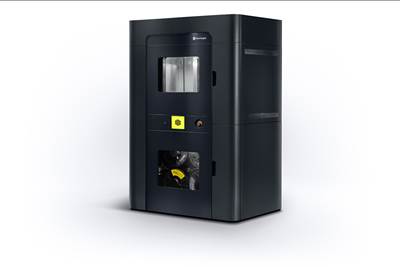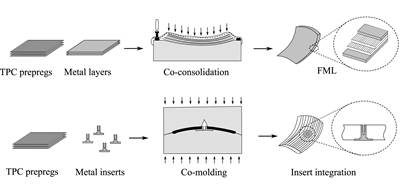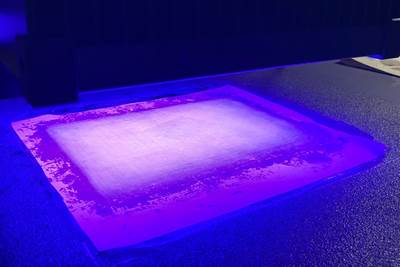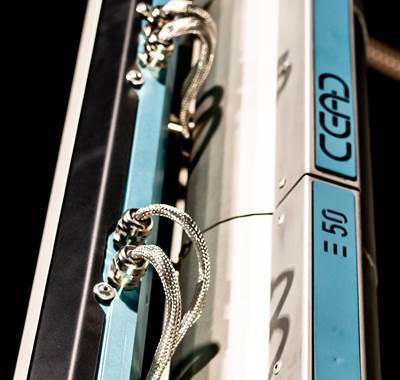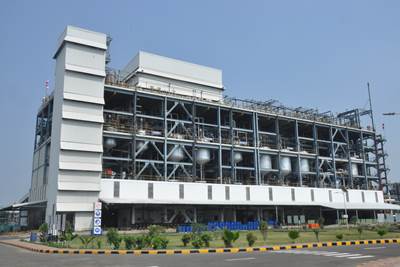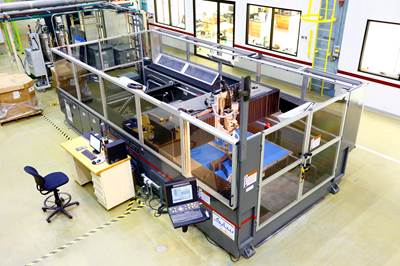Resins
Henkel collaborates on study to reduce carbon footprint of aerocomposite parts
Led by Boeing Germany, research group aims to combine traditional manufacturing with digital tools to decrease part weight, optimize production efficiency.
Read MoreMarkforged next-generation fiber-reinforced 3D printer
Markforged will debut its newest continuous fiber-capable 3D printer, the FX20, at Formnext in November 2021.
Read MoreSpeeding RTM with heat-flux sensors
Clean Sky 2 INNOTOOL 4.0 project advances cure monitoring for larger and less costly lightweight landing gear made using composites.
Read MoreTPRC publication studies the effects of grit-blasting on titanium-thermoplastic composite joints
Researcher Vanessa Marinosci studies the correlation between mechanical performance and titanium surface morphology of co-consolidated Ti6Al4V-C/PEKK joints.
Read MoreBieglo Group thermoplastic polymer supports project to 3D print structures on the moon
High-performance Aurum resin, combined with regolith material, will be used to create a printing material mixture that holds up under the harsh lunar environment.
Read MoreEasy-to-use kits enable infield repair of composite structures
Portable kit enables patch repairs using UV-cure glass fiber/vinyl ester or room-temp stored carbon fiber/epoxy prepregs and battery-powered curing equipment.
Read MoreCEAD launches new E50 Robot Extruder for larger 3D-printed composites
New option offers higher material output (e.g., 84 kg/hr) and thermoplastic melt temperatures up to 400°C.
Read MoreAditya Birla Group plans to increase advanced materials business capacity
A brown field expansion at the company’s existing location in Gujarat, India, will increase capacity by ~125 kilo-tonnes per annum, which include standard and specialty epoxy products and curing agents.
Read MoreDiab acquires SABIC’s ULTEM foam production line
The recyclable PEI thermoplastic foam will be incorporated into Diab’s portfolio under Divinycell U to be produced, sold and further developed.
Read MoreSABIC, Local Motors conduct feasibility study for reprocessed, 3D-printed thermoplastic parts and shavings
Anticipating the wider adoption of LFAM, the study explored more sustainable alternatives to landfilling large, printed parts, with results indicating the potential for material reuse.
Read More

